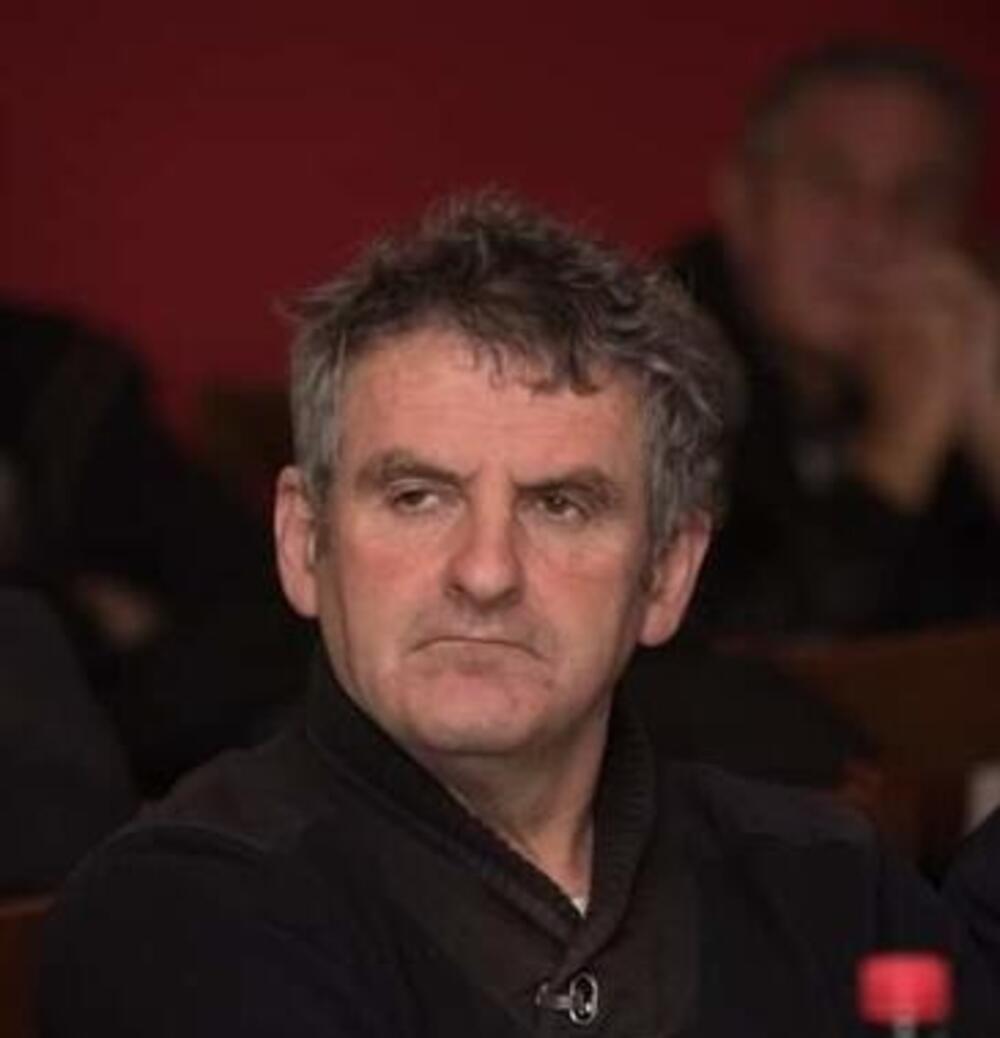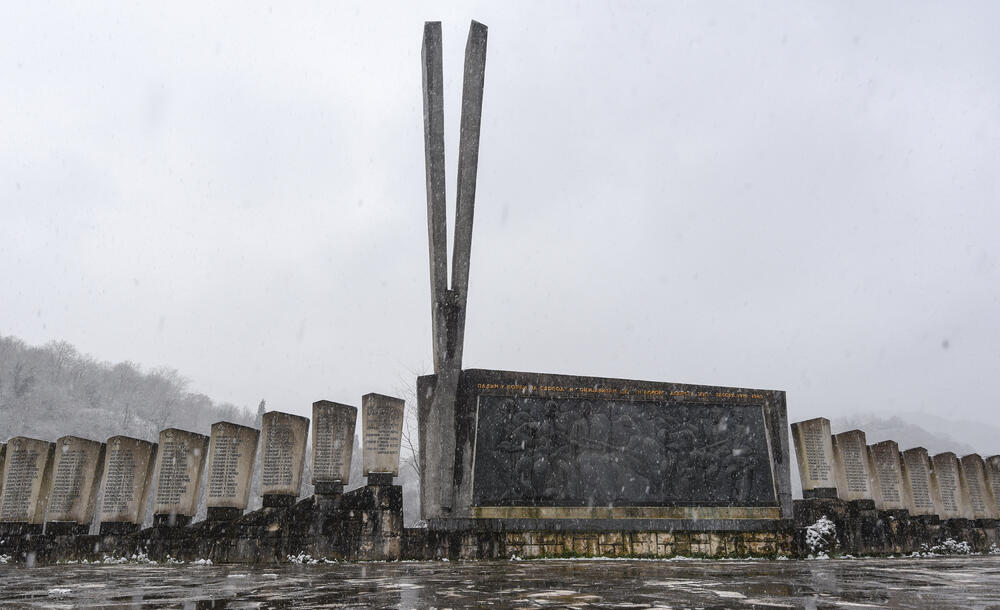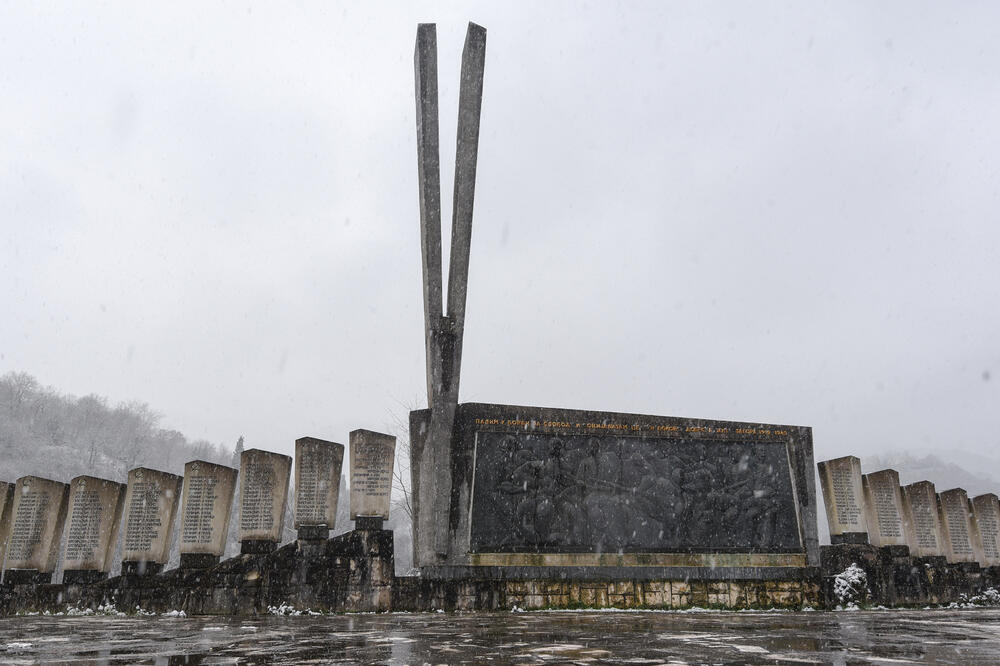The symbol of freedom in the form of an obelisk The monument to the fighters in the liberation wars from 1919 - 1945 in Rijeka Crnojevića testifies that the inhabitants of this place paid tribute in blood in the fight against fascism.
This was told to "Vijesti" by the secretary of the Association of Fighters of the National Liberation War (SOBNOR) of Cetinje, Veselin Rudović.
He added that the monument is an expression of the desire to mark in a dignified and permanent way the fallen victims of Rijeka Nahija for freedom and socialism in the period from 1919 to 1945, especially in the National Liberation War and the socialist revolution.
"The last war took several hundred lives in this area. There is no village or hamlet in the surrounding area that did not suffer. The town of Rijeka Crnojevica also paid a significant tribute in blood. Gratitude to those hundreds who died for freedom was shown by erecting this monument. The monument is located on on the plateau in front of the new bridge where at that time was the main road Cetinje - Titograd, and which separates the road Rijeka Crnojevića - Virpazar. The monument was made as a composition by the sculptor Drago Đurovic. It consists of an obelisk 10 meters high, a relief whose dimensions are 5 meters by 110 cm. The obelisk is a symbol of freedom," said Rudović.
He pointed out that historical data show that the monument was built with the contribution of the citizens in preserving bright traditions and repaying part of the debt to the fallen warriors whose names are engraved in the stone on the monument.
"The monument was unveiled at the ceremony on the occasion of the 1971th of July uprising in 1941 by Veselin Đuranović, then the president of the Central Committee of the Central Committee of Montenegro. On the eighteenth plaque is carved the name of Marko Mašanović, one of the founders of the Communist Party of Montenegro and six national heroes, as many as the area of Rijeka Nahija gave in the liberation war of 1945 - 1941. This is some information for you from the organization of fighters in 1945 - XNUMX in Cetinje. In any case, the first insurgents were from these areas - Virpazar, Čevo and later the whole of Montenegro," concluded Rudović.

In a document from 1973 of the then Republic Institute for the Protection of Cultural Monuments - Cetinje, it is written that the central motif of the monument is a bronze bas-relief, and that the inscription "I fell in the fight for freedom and socialism Čeklin, Bokovo, Dobrska Župa and Zagora 1919-1945" is written on the plaque. on the sides of the relief there are 27 marble slabs, placed in a row.
"The names of the fallen fighters are written on them in alphabetical order. The elongated, horizontal composition of the monument is interrupted by two slender, concrete pillars placed next to the relief", concludes the explanation of the Decision on the introduction of cultural monuments to the fallen fighters of the cultural monuments of the Socialist Republic of Montenegro.
The monument to the fighters in the liberation wars from 1919 - 1945 is on the list of immovable cultural assets of the Administration for the Protection of Cultural Assets of Montenegro.
Bonus video:





